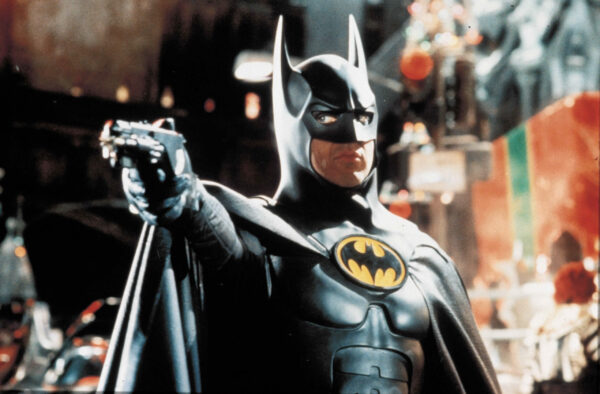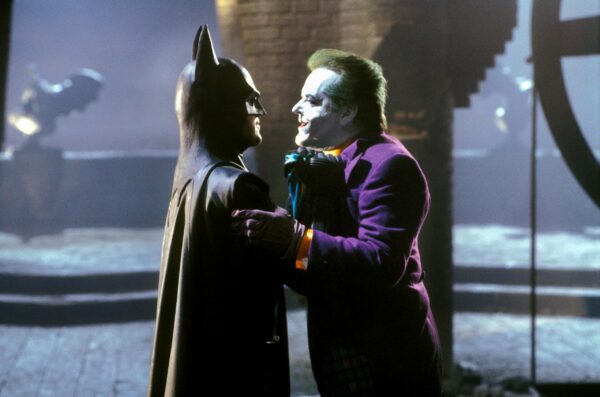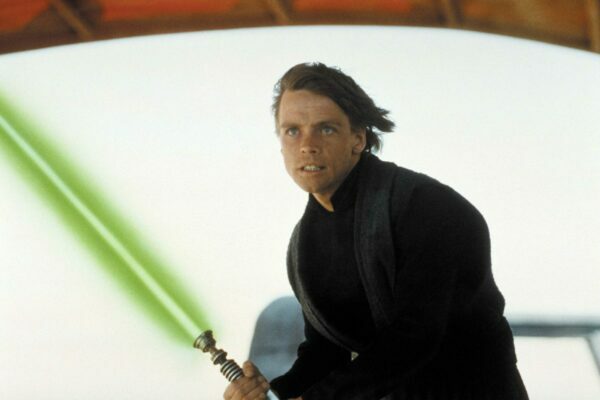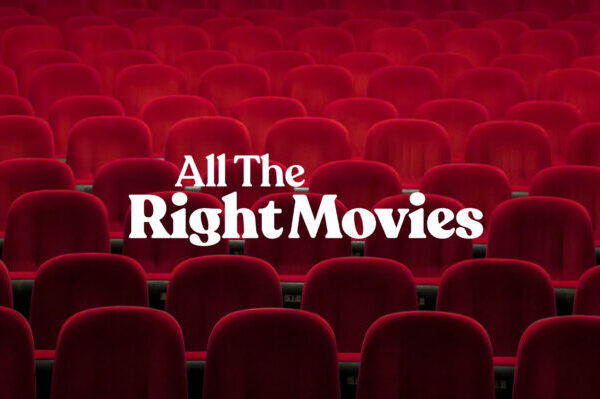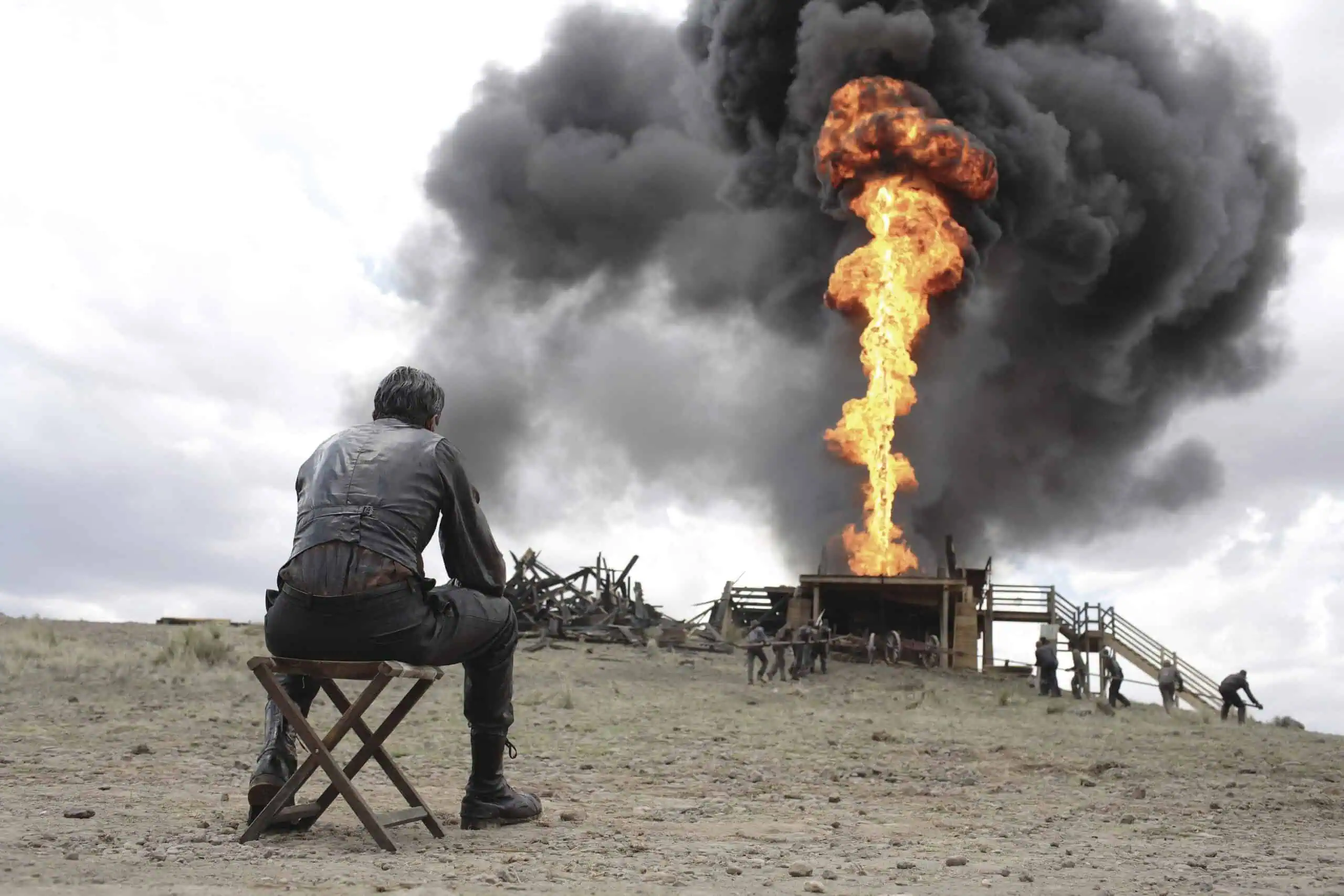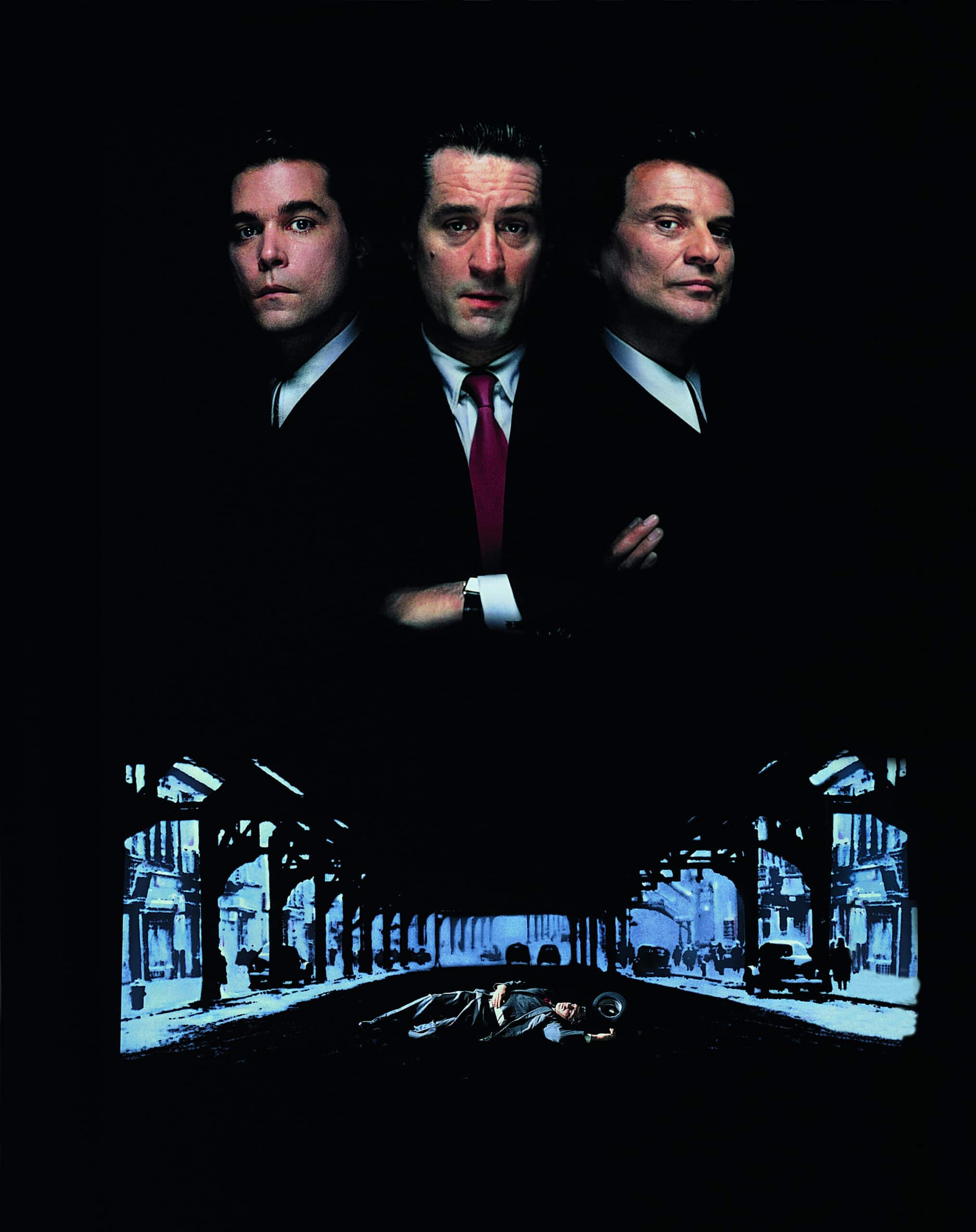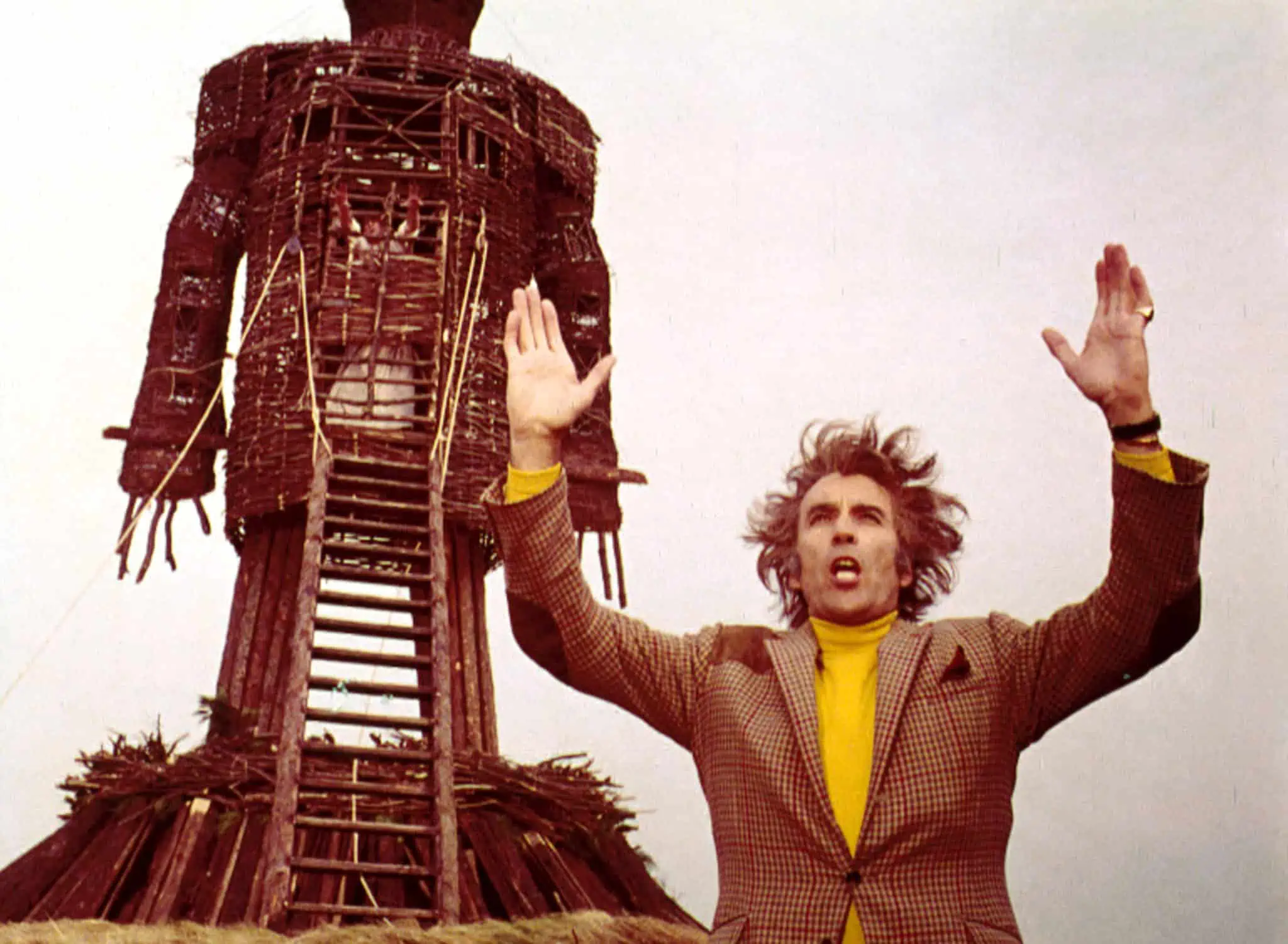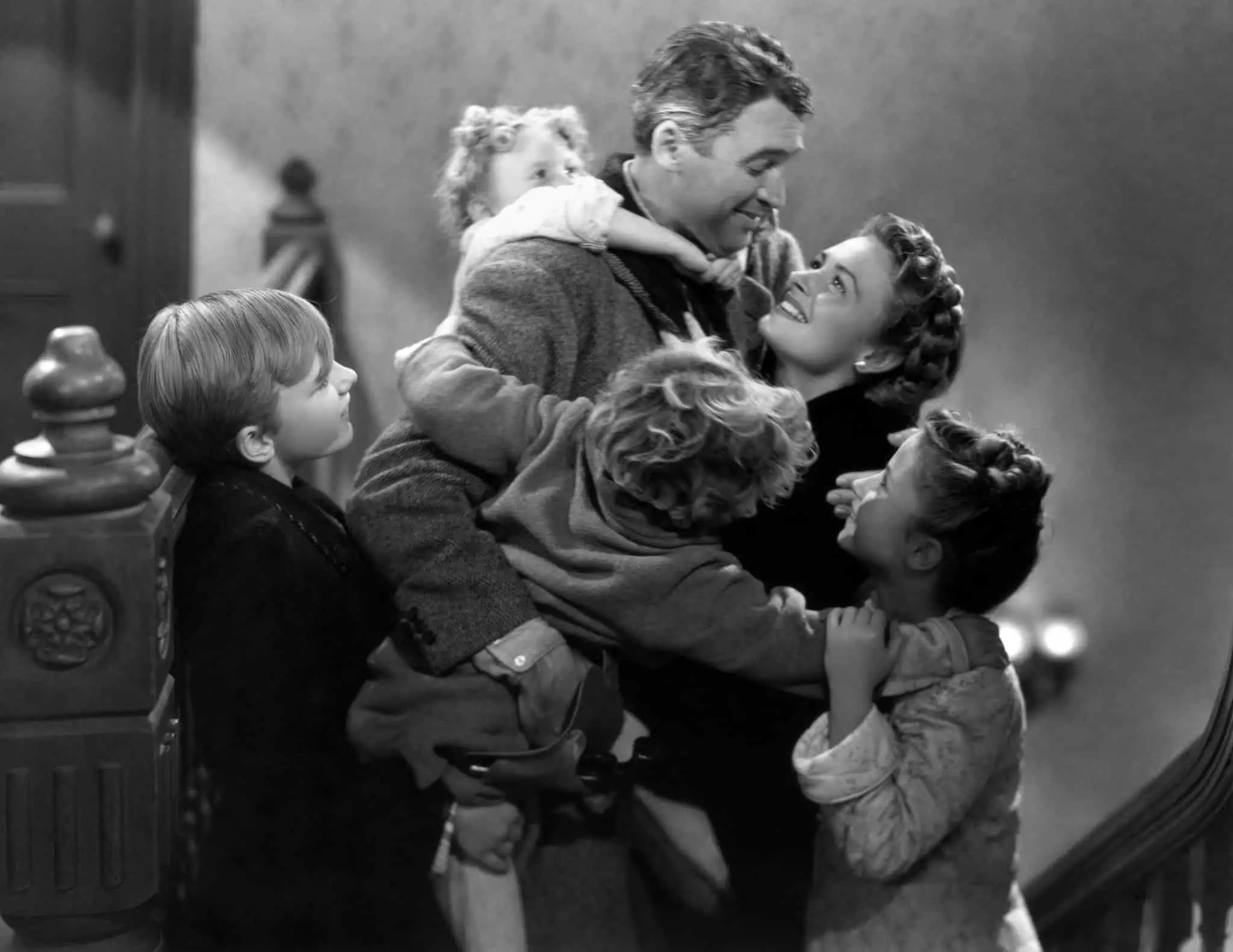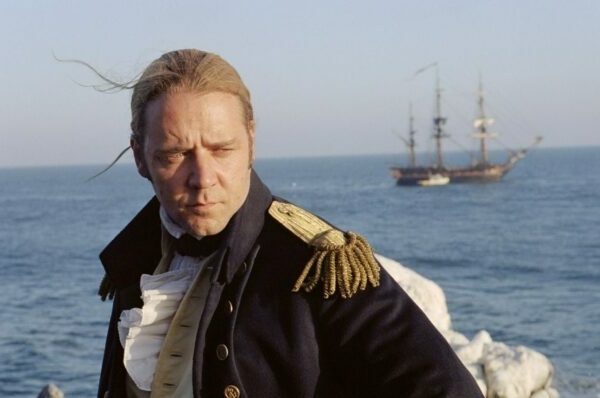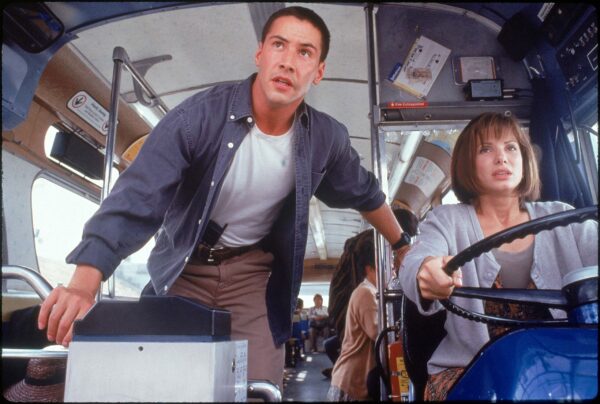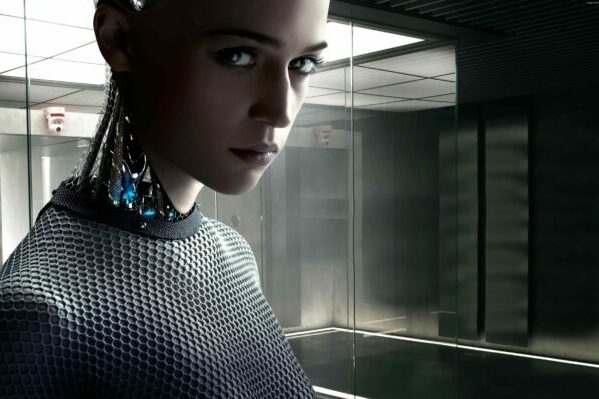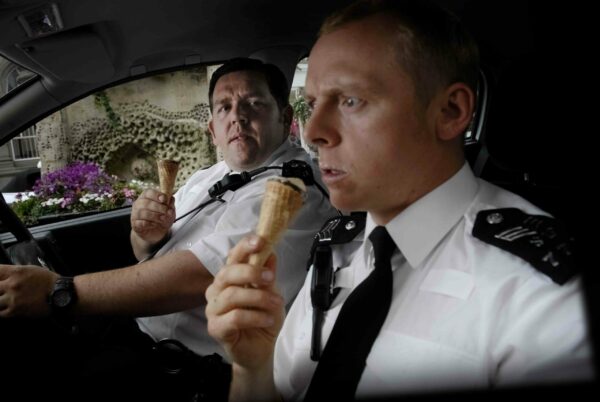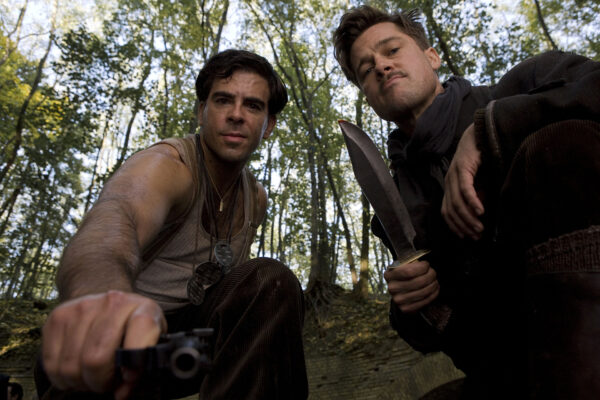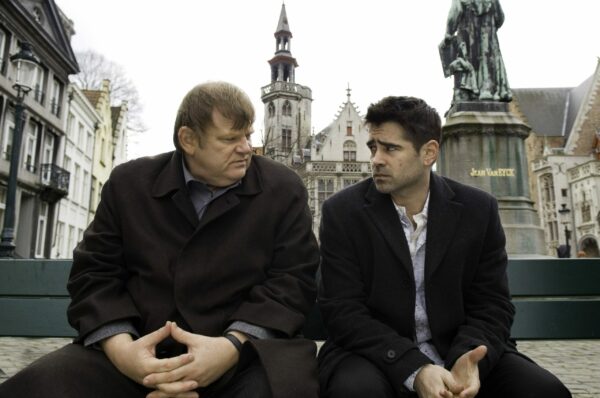
The Hammer Studio is one of the most iconic and beloved in Hollywood history. Matthew Bartley dives into the house of horrors to pull out their 5 best (that aren’t Dracula or Frankenstein).
Britain has gifted the world of cinema many diverse and talented directors, writers and producers, and the Hammer studio deserves to be in that conversation. They never aimed to be high art and were often dismissed as being cheap and lazy, but at their commercial height they boasted their own style, bringing thick, red blood to the screen in colour for the first time, and helped launch the careers of Peter Cushing and Christopher Lee. Even today, their influence is keenly felt in the works of Sam Raimi, Peter Jackson and Guillermo Del Toro. Everyone has their own favourites, but what’s interesting is looking past the obvious contenders. Here, then, are five of Hammer’s best films not featuring the studio’s two most famous monsters.
5. The Plague of the Zombies (1966)
When George Romero rewrote the horror genre in 1968 with Night Of The Living Dead, no-one had seen zombies in such gory fashion before. Two years previously, however, John Gilling moved the concept towards what Romero would run riot with. Granted, there’s no flesh being mauled or entrails being gnawed upon here, but the zombies, used by a villainous squire to help run his tin mine, are a huge removal from what audiences were used to. Previous zombies were more like hypnotised humans, with no discernible sign of death or decay. These are very much reanimated corpses, with rotting skin and sightless eyeballs. Playing out more like a mystery than an out-and-out horror, The Plague Of Zombies boasts one of Hammer’s most terrifying sequences, as one character is besieged in a graveyard by zombies pulling themselves out of the earth and clambering over gravestones towards him. It may turn out to be a nightmare, but it’s unforgettable nonetheless.
Buy The Plague Of The Zombies now
4. Quatermass and the Pit (1967)
Adapted from the BBC television series, Hammer’s previous two black and white Quatermass films were more science fiction than horror, dealing with alien infections and invasions. Now in glorious colour, the third and best may stay faithful to the plot of a Martian ship being uncovered by the extension of a Tube station, but it amps up the horror elements, creating one of Hammer’s most disturbing films. There’s a thick atmosphere of dread throughout, with allusions to the Devil having some ancient influence over the area, and some of Hammer’s most memorable moments come from this film, as various characters are either driven to insanity or killed off in gruesome ways, such as Julian Glover’s Colonel Breen, baked to death by the energy pulsing from the ship. It builds to a truly unforgettable climax, as a spectral image of a Martian rears Satan-like above the city, while Londoners are driven into a psychotic mob, tearing into each other, and streets are literally ripped apart. The end credits roll over an exhausted Quatermass on the streets as London burns behind him. Like him, we need to take a breath after what the film has put us through.
3. The Curse of the Werewolf (1961)
Christopher Lee and Peter Cushing are inarguably the two most famous stars that Hammer helped create. And while he is not as indelibly linked with the studio as those two, Oliver Reed is probably the third. Roles in the likes of The Damned and Paranoiac ( both 1963) showed off his natural talent and charisma, but his first starring role is still one of his, and Hammer’s, best. As Leon, the adopted son of a Spanish nobleman, Reed is a dashing and immensely likeable lead – but unaware of his horrible background (his mute mother was raped by a beggar, and his Christmas Day birth leaves him cursed) he finds himself unable to stop turning into a murderous creature by night, leaving only one fate for him. It’s a gorgeous looking film, and like all great lycanthrope stories, is undercut with tragedy throughout. We all know how this will end for Leon, but thanks to strong direction and Reed’s performance it’s still a gutting climax.
2. Cash on Demand (1961)
Hammer weren’t just famous for horror films. They also had a successful line of thrillers and if the most famous of those is Hell Is A City (1960), then Cash on Demand deserves to be as well-known. Set just before Christmas Day, it stars Peter Cushing as an officious martinet of a bank manager who finds himself outwitted by a suave bogus insurance investigator (Andre Morell), who has Cushing’s family hostage and will only release them when Cushing hands over £97,000 stored in the bank vault. Undeniably stagey, it gets its power from the two central performances. Cushing was equally good as a villain or anti-hero as he was a hero, and this is one of his very best performances. Basically the worst manager you’ve ever worked for, there’s an undeniable delight in seeing his arrogance chipped away to reveal the pathetic little man underneath – yet he still manages to evoke sympathy by the end. Morell, meanwhile, is just as good – a purring, charming gentleman who can threaten without ever raising his voice. He’s the type of villain you secretly hope gets away with it by the end. With its seasonal setting, this is one you should make time for every Christmas.
1. Straight On Till Morning (1972)
By the 1970s, Hammer simply didn’t have the financial clout to compete with the American industry as they used to, and their output was starting to wind down, both in terms of quality and quantity. However, they were still capable of the odd gem and Peter Collinson’s film is one of their darkest, with a subtle and creepy atmosphere. Rita Tushingham is Brenda, a naive young girl who moves down to London, and falls under the influence of Peter (Shane Briant), a man with a dark and disturbing side to him. It’s the rare contemporaneous Hammer film, and is clearly influenced by the kitchen sink movement of the ‘50s and ‘60s. It has a grimy, lived-in realism to it, contrasting both to the child-like Brenda and the ominous sense of fear that slowly grows throughout the film. Hitchcock’s Frenzy was also released in 1972 and, while Straight On Till Morning can be seen as a cousin to that more famous film, it also bears comparison to later horror thrillers such as Spoorloos (1988) and Henry: Portrait of a Serial Killer (1986). Like those, it ends on a shivery note of ambiguity, a suggestive ending that makes your skin crawl, and it lingers long afterwards.
What are your thoughts? Any unknown Hammer gems that we’ve overlooked? Leave a comment below…


